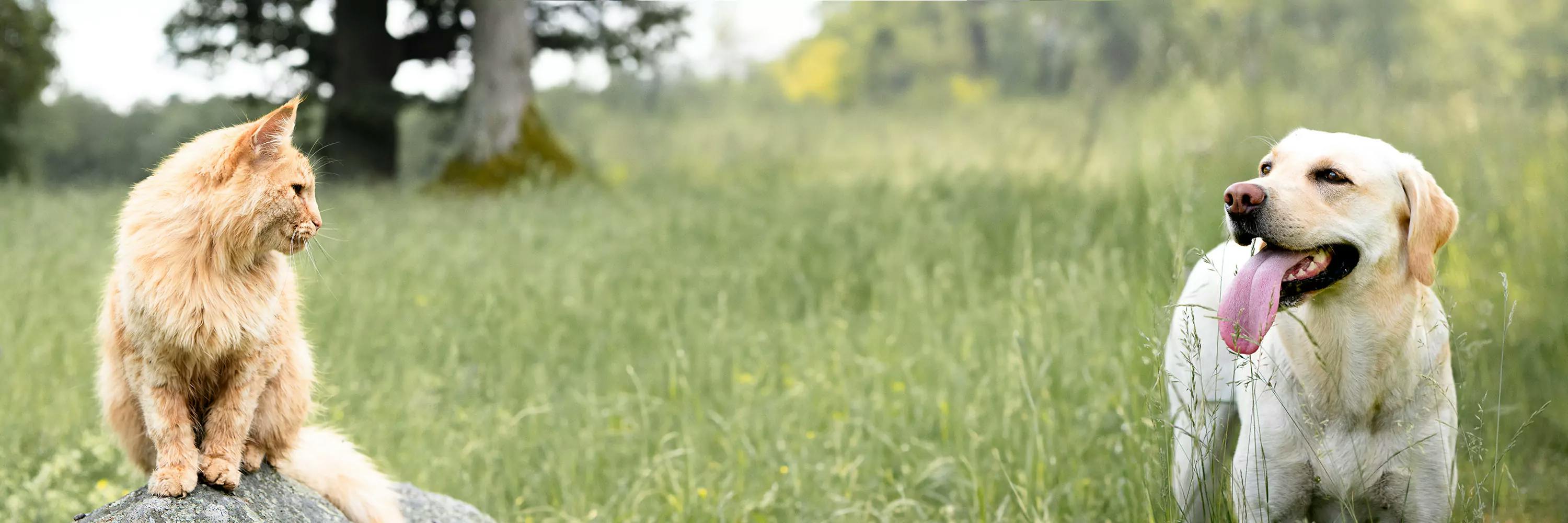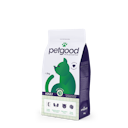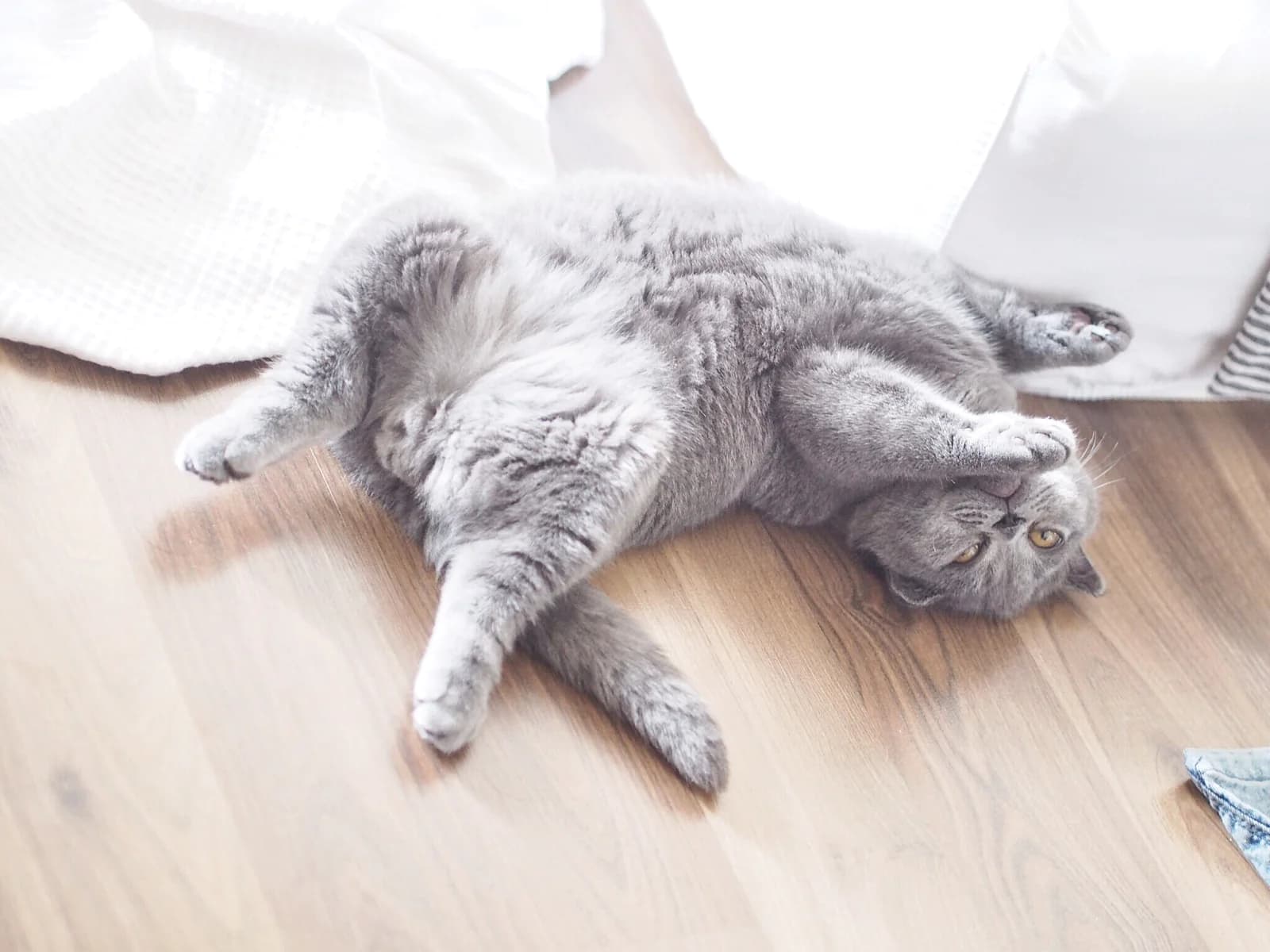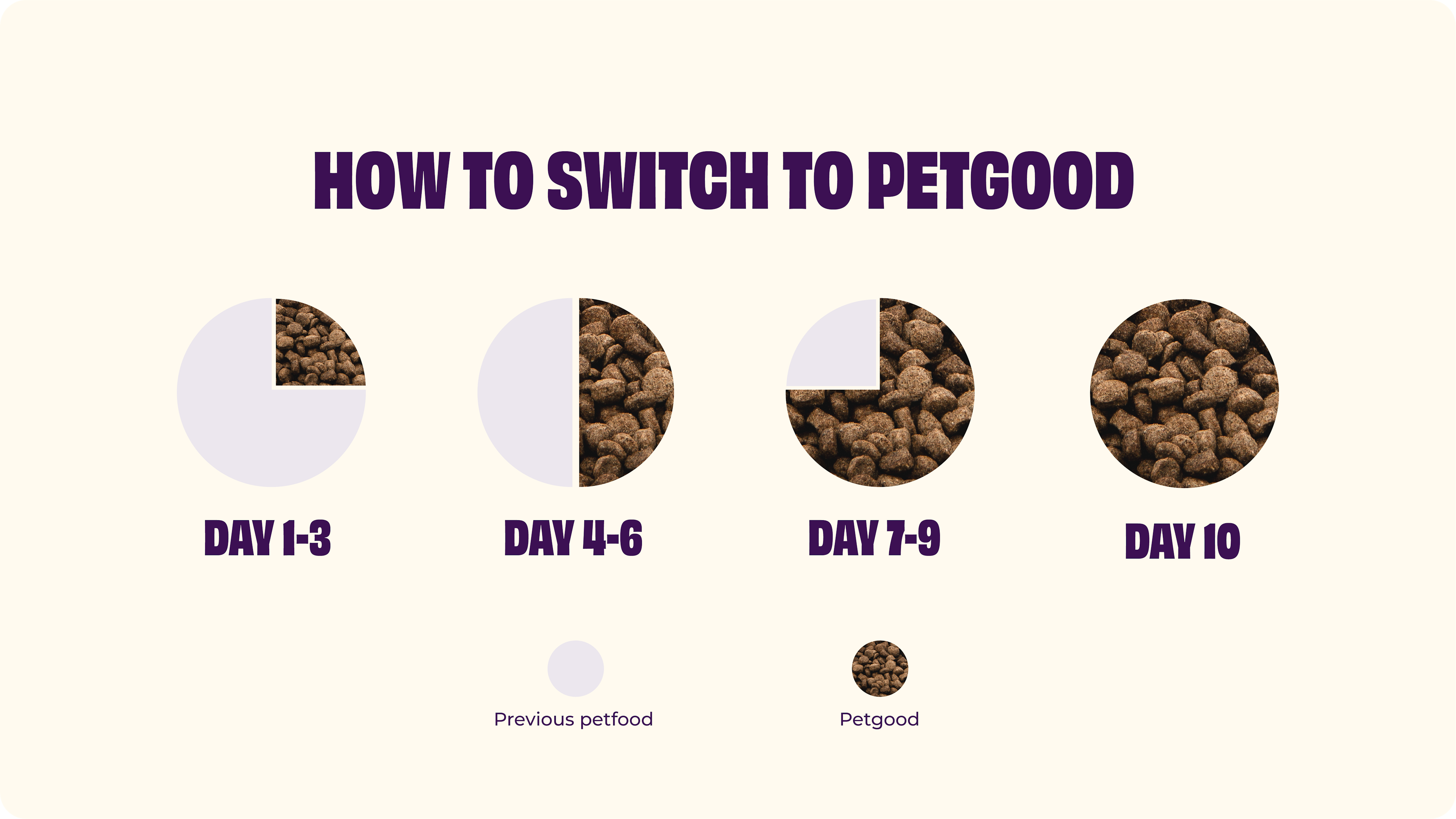Active location:
Select your country:
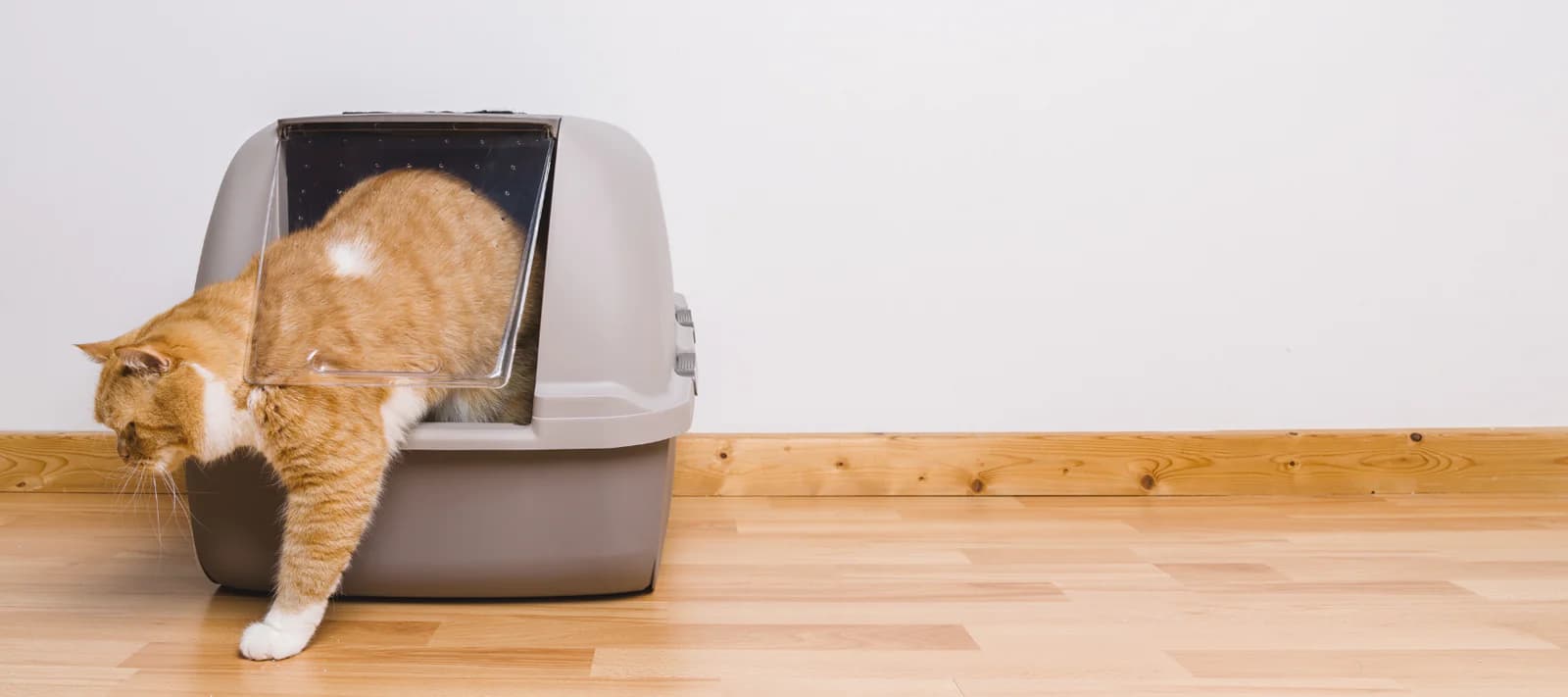
Is it possible to prevent urinary tract infection in cats?
One of the cat's most common health problems is linked to the urinary tract. Studies have shown that approximately one in ten veterinary visits for cats is related to urinary tract disease. But is it possible to prevent it, and if so, what can be done?
Which urinary tract diseases are common?
Urinary tract disease in cats is often gathered under a common term called FLUTD, Feline Lower Urinary Tract Disease. The causes of FLUTD can be several: urinary tract infection, inflammation of the bladder, crystals in the urine or urinary calculi. The absolute most common cause of FLUTD is inflammation of the bladder, or cystitis, as it is also called. A common misunderstanding is that the cat has a urinary tract infection and therefore needs antibiotics - but bacterial urinary tract infection is uncommon in cats.
Common to FLUTD is that it causes similar symptoms, such as:
the cat has problems urinating
the cat starts to urinate outside the box
the cat urinates often but only a few drops come
the cat has blood in the urine
Another common symptom is excessive grooming on the lower part of the belly, and the cat therefore gets thin or no fur in the area. This is often mistaken by the pet owner for the cat having problems with its skin, fur or itching, but is instead due to excessive grooming due to stress and pain from the urinary tract.
If your cat has any of these symptoms, you should see a vet, and if the cat doesn't seem to be able to urinate at all, it's an emergency! There is no over-the-counter treatment and don't try any home remedies - always consult a vet.
Which cats are affected?
Urinary tract diseases are common in all cats, but there are some factors that have been seen to increase the risk:
overweight cats
indoor cats
neutered cats
middle-aged cats
cats that only eat dry food
Both female and male cats are affected, but in male cats the problem more often leads to worse symptoms that can be more difficult to treat, due to their anatomy with a longer and narrower urethra.
It is not certain that the fact that the cat is neutered or indoor increases the risk in itself - these cats are more often overweight, which has a strong link to the disease. Indoor cats are also more often affected by stress, which itself has a strong link to cystitis, the most common cause of FLUTD.
How can urinary tract diseases be prevented?
By identifying the risk factors above, you can also try to prevent them:
Keep the cat in a slim and healthy shape
Obesity is directly linked to an increased risk of urinary tract disease. Therefore, keep the cat in good condition, and this becomes especially important if you have a cat that has ever had urinary tract problems.
If you find it difficult to assess your cat's body condition, you can get help in our article on Body Condition Score in cats. Also, be sure to follow the feeding recommendation, and adjust according to your cat's weight.
Keep good hygiene in the litter box
Clean the litter box every day and wash it thoroughly regularly. Cats are very clean animals and may be reluctant to go to the box if it is not clean and fresh, and it is not good for the cat to hold it in for too long. A clean and dry litter box also reduces the risk of bacterial growth, for example unwanted bacteria from the cat's faeces.
Use a cat litter that does not create dust or is perfumed, as cats are sensitive to smells and dust, and if you keep the litter box clean, perfume is not needed. If you have several cats, you should have at least one litter box per cat, plus one extra, to avoid litter box rivalry and let the cats choose where they prefer to go.
Make sure the cat rehydrates
A cat that drinks less gets a more concentrated urine. More concentrated urine means that there is a greater risk of crystals forming. Diluted urine does the opposite, making it easier for bacteria and crystals to be "washed out". Cats that only eat dry food generally ingest less liquid than cats that eat wet food, as these cats naturally ingest liquid in their food.
Therefore, it is good to make sure that the cat gets enough water. You can increase the cat's water intake by, for example:
feeding with wet food
having several water bowls in different places
water bowls in different shapes - for example some cats like to drink from a glass, others want a completely flat bowl
a water fountain can be a good way to get the cat to drink more, as many cats prefer moving water to still
Feed with food that prevents urinary tract disease, especially for neutered indoor cats
We have designed our dry food to prevent urinary tract disease. This works in two ways:
The levels of minerals in the feed have been carefully balanced to provide a desirable pH value in the urine. A low pH means that there is a lower risk of crystals forming, and a lower risk of bacteria growing in the urine.
We have added cranberries to the feed, which has been shown to have a positive effect on the health of the bladder wall and thus can help prevent cystitis.
We are currently also developing wet food for cats, as we see this as an important complement to our dry food.
What is the connection between stress and urinary tract disease?
Stress is strongly linked to the most common cause of FLUTD - that is, inflammation of the bladder, or cystitis. There are several factors that cause stress in cats, and it is seen that indoor cats and cats in multi-cat households run a greater risk of being affected. Stress in cats is a big topic and is caused by and is shown with different symptoms than stress in humans, and we will go deeper into this in another article.
In order to prevent urinary tract infection, it is also of the utmost importance to prevent stress.
In our cat food, we have worked on this by adding the ingredients tryptophan and L-casein:
two bioactive ingredients that have been clinically proven to reduce stress and stress-related behaviors in cats
the ingredients can also help reduce the incidence of stress-related diseases in cats, such as FLUTD.
the substances are often found in food supplements for stress or urinary tract, and are the same natural substances that the mother cat shares with her kittens via the mother's milk, and gives the kittens a feeling of calm and security.
Summary
Urinary tract disease is a common health problem in cats, but the risk of it occurring can be reduced with proper body condition, care and preventative food. If your cat has or has had a urinary tract disease, you are always advised to follow the veterinarian's advice regarding the treatment of your particular cat.


